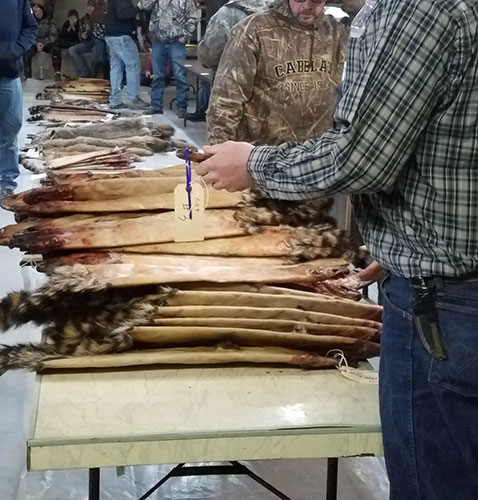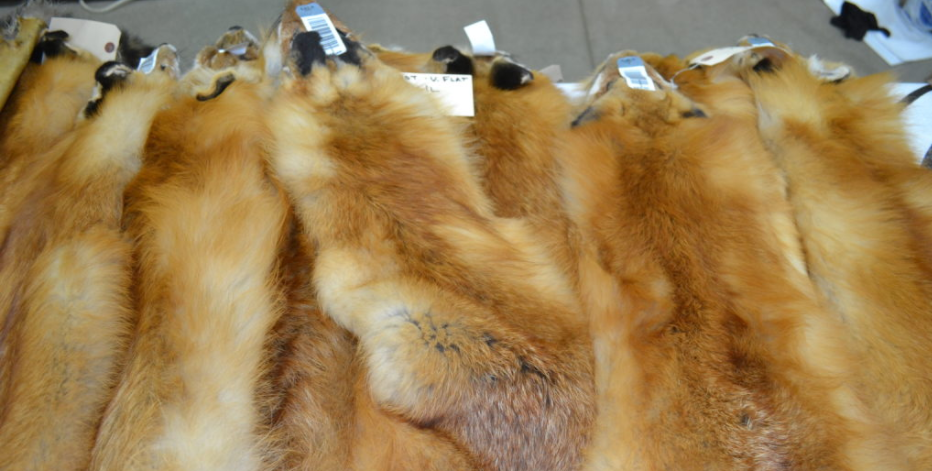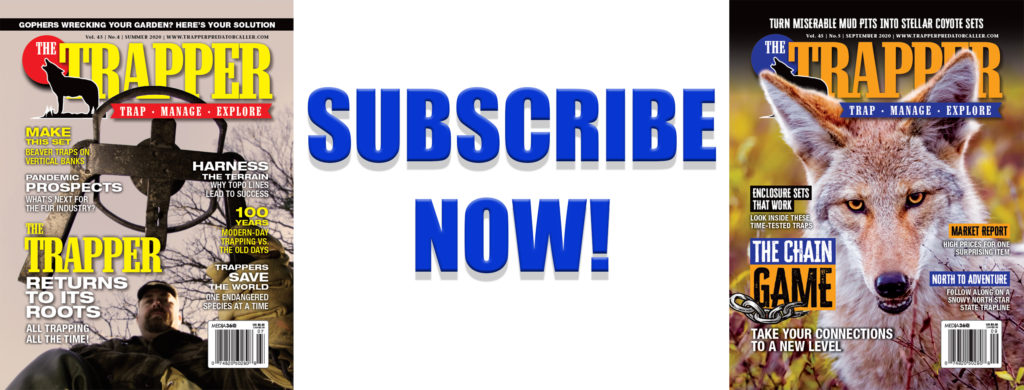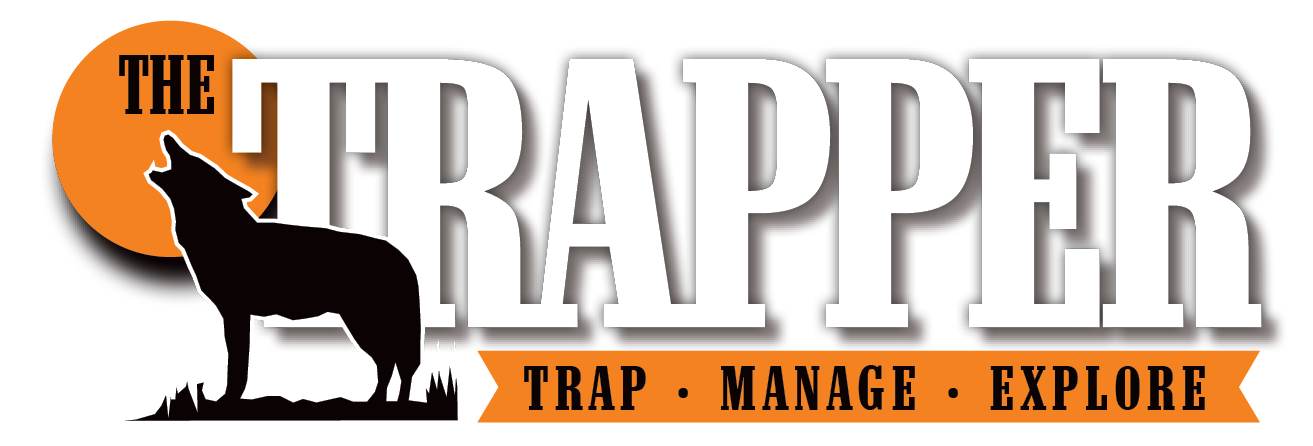By Serge Lariviére
The Chinese New year was on January 22, 2023, and this used to be a major date for the industry as shoppers from China usually celebrate by spending money and hosting big family events. This year, celebrations were held publicly — a major change since the COVID pandemic started three years ago. Indeed, the Chinese government recently lifted the strict “zero-COVID” confinement rules.
This lifting of the ban finally allowed people to travel to visit family members without travel restrictions and fear of having to isolate upon returning home. Undoubtedly, this has to spark a surge in spending as it was a first after three years of exceptionally severe measures imposed by the Chinese government to fight against COVID. At the time of this writing, it is still too early to see the impacts on our trade, but it would be more than reasonable to assume this must have sparked a rise in fur purchases, especially considering that almost all luxury spendings had dwindled by lack of access and lack of public movement.
This year, 2023, could mark the beginning of a slow return to normal for China, and that can only bode well for us hoping to see our fur industry rebound. Pre-COVID, China was considered number two in the wild fur market only after Russia, but China does a lot of the processing (tanning) and a lot of the manufacturing of garments, many of which end up elsewhere (Russia, Korea, etc.) after. Because of its very large population (more than 1.3 billion people), cold weather, huge pool of riches, and most importantly, a culture that likes to display wealth publicly — these are all good things for the fur trade.
China is the number one player in the ranch mink trade, and we should see the first signs of an upswing in the market with ranch mink sales. Of course, recovery should be a slow process as inventories of garments and even stored skins exist, but if stores start selling, then we can begin our long journey to recovery. This is definitely one positive sign for us — and great news as we start 2023.
Our expectations of price increases may not materialize right away. As mentioned before, Russia is the number one consumer of wild fur, and Russia’s war against Ukraine still continues with no end in sight. The prolonged war has shadowed this country with great economic uncertainty, and luxury spendings rely on stability. Possibly, if China resumes a more active role in the trade, it may generate some excitement in Russia and elsewhere, and help stimulate the world’s appetite for fur once again. China is a huge player in the international trade of goods of all kinds, and their ability to travel with limited restrictions will also help their presence at international fur sales.
On this front, the first international auction sale of wild fur is scheduled for March 20-23, 2023, in North Bay, Ontario, by Fur Harvesters Auctions (www.furharvesters.com). This sale will be especially interesting to watch this year as there should be an increased number of Chinese buyers present. Time will tell how fast the market will rebound, but I cannot help but notice that it has been exactly 10 years since the record-breaking prices of 2013 — just before Russia and Ukraine started their first battles. History usually showed 10-year cycles in fur prices, and recovery historically often took four to five years after hitting bottom levels.
We have experienced low prices for more than the historical lag now, but circumstances have been unusual with the Russian war and COVID. Regardless, I am tempted to be cautiously optimistic at this time, and hope that Russia stops their war soon. If the Chinese respond to the end of COVID restrictions in 2023, I can just imagine how Russian will respond to the end of the war. This could definitely speed up the recovery of our markets and our trade.
April and May are months of reflection and planning. As always, recovery of markets will favor good skins first, and quality will be first to recover. So as you think and plan for your trapping season in 2023, it is safe to assume that prices will likely resemble those of 2022, and that any upswing in the market will first show on top-quality skins. Quality skins are the last ones to lose their value when the market dips, and the first one to regain it when markets recover, so a strategy aimed at quality is much better than one aimed at large numbers of sub-prime skins.
In many areas, beaver problems have skyrocketed because of the low fur market, and nuisance calls have created opportunities for trappers willing to take them. Access to trapping ground also has probably never been easier, and with competition at low levels, trappers can afford to wait until furs prime up.
By the time summer rolls around, we should understand better the impacts of China lifting their “zero-COVID” restrictions. And as a trapper, I will allow myself a moderate dose of optimism for the next season.




